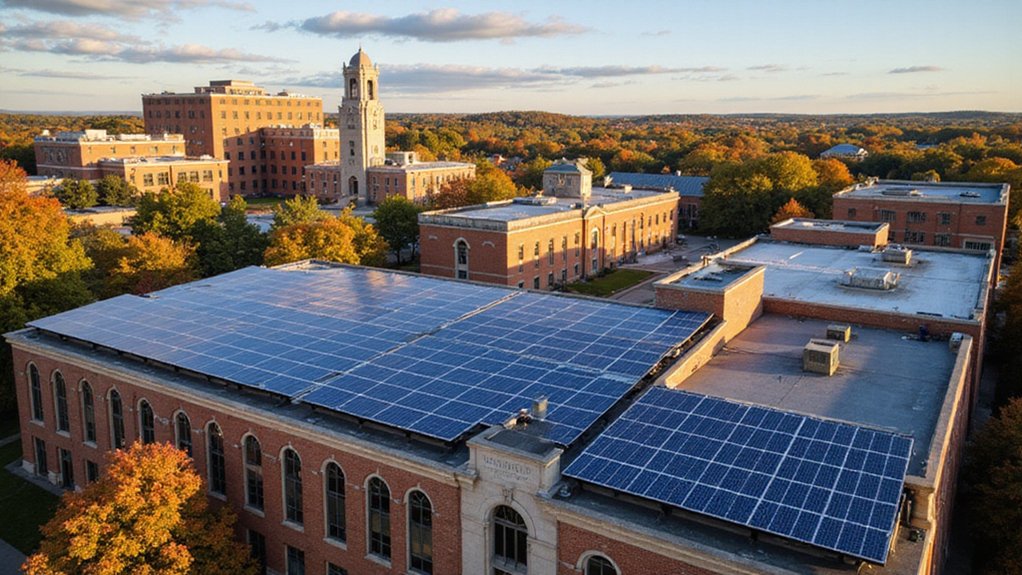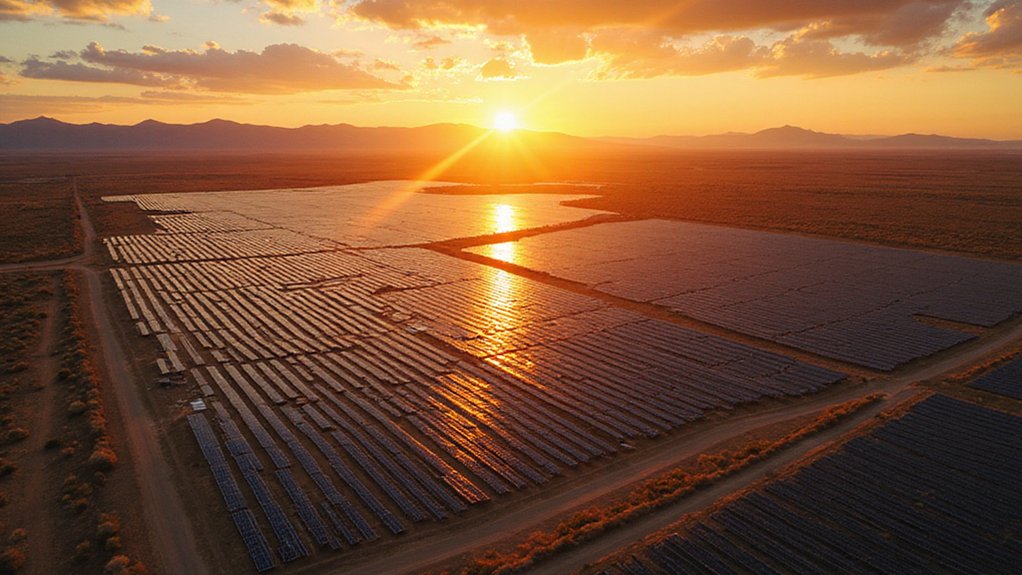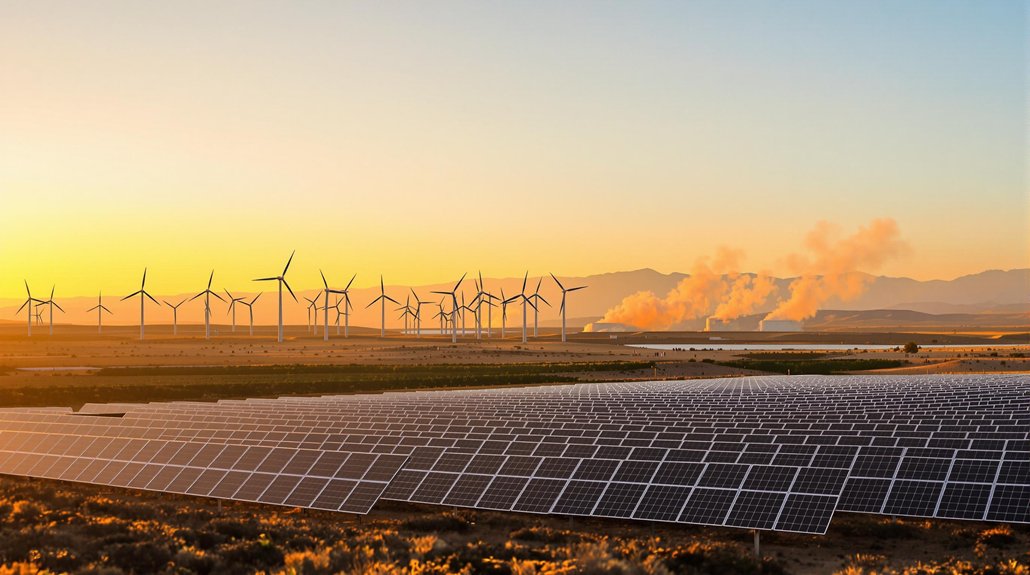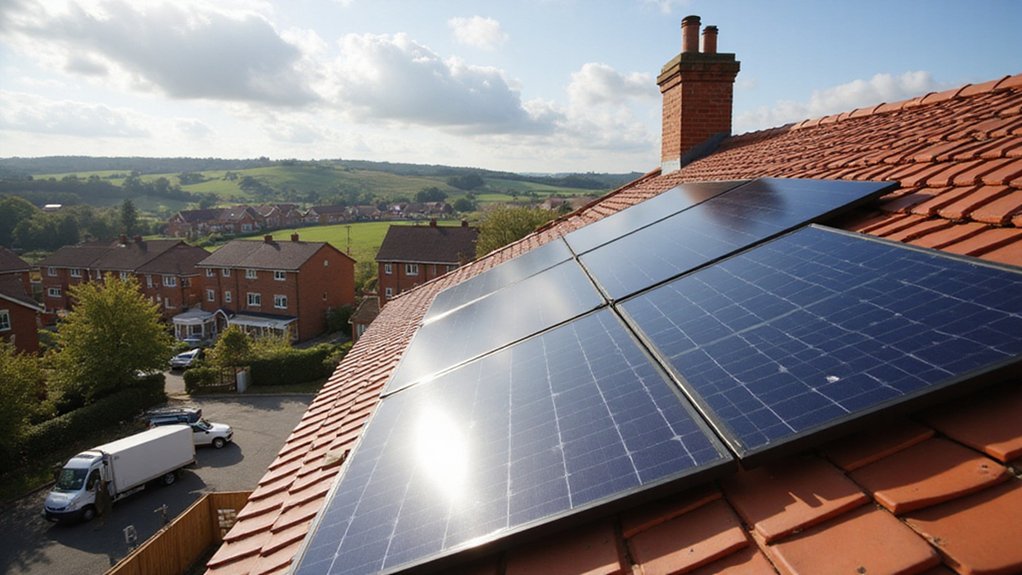While most universities talk a big game about going green, Virginia Tech just slapped 1.2-megawatt solar arrays on four campus buildings and called it a day. Well, not exactly called it a day—they’re actually producing 2,300 megawatt-hours annually. That’s enough juice to power 215 to 220 average homes. Not bad for a bunch of rooftop panels.
The arrays went up on Sterrett Center, Durham Hall, the Virginia-Maryland College of Veterinary Medicine, and McComas Hall. Construction kicked off in September 2024, and by November, they were cranking out electricity. This wasn’t some overnight decision either. Back in 2022, they announced plans for a 2.1-megawatt project across seven buildings. Somehow that morphed into four buildings with t 1.2 megawatts each. Math’s funny like that.
Virginia Tech didn’t start from scratch. They already had smaller arrays on Perry Street Garage, Whittemore Hall, and Durham Hall. But those were basically the training wheels version. The project aligns with the global trend seeing renewable power sources generating 30% of worldwide electricity by 2023. The new setup is the real deal, part of their master plan to hit 100% renewable electricity by 2030.
Virginia Tech’s previous solar arrays were just training wheels compared to this real deal renewable energy push.
They’re also converting their steam plant to natural gas by 2025, because apparently you can’t just flip a switch and go fully green overnight.
Stephen Durfee, the associate director for campus energy management, leads a crew of engineers and technicians keeping this whole operation running. Nam Nguyen serves as executive director of energy and utilities, while Paul Ely handles capital construction with an eye toward solar-ready designs.
These guys spent years negotiating and dealing with stakeholders. Bureaucracy at its finest. The university also scored a $500,000 grant from Virginia’s Department of Energy to knock down the power purchase agreement costs.
The university’s not stopping here. They’re designing new buildings to be solar-ready from the start. Smart move. The selection process involved checking for adequate roof space, structural support, and making sure the installations wouldn’t mess up the campus’s architectural identity.
They’re also letting students and researchers access real-time generation data from the arrays. Nothing says “educational opportunity” like watching power meters spin.
The whole project ties into Virginia Tech’s Climate Action Commitment, which aims to cut carbon dioxide emissions by 44,000 tons over 20 years. They’re benchmarking energy use, hunting down wasteful areas, and generally trying to make their campus less of an energy hog.
Weather and cloud cover still mess with the output, but hey, that’s solar for you.
References
- https://appvoices.org/2025/05/27/virginia-tech-solar-project/
- https://news.vt.edu/articles/2024/12/facilities-solar-energy-expansion.html
- https://news.vt.edu/articles/2024/11/facilities-sustainability-initiatives.html
- https://www.vt.edu/sustainability/climate-action-commitment.html
- https://news.vt.edu/articles/2022/03/campusplanning-solaragreement.html








